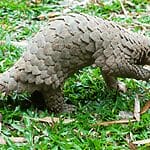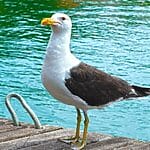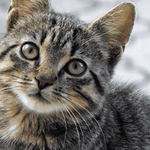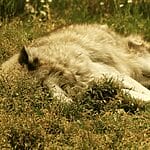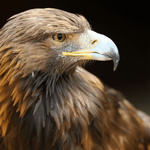Ants have many natural predators, with some of them including ants in their own name. While the first animal that will come to mind is most likely the anteater, there are many more animals that have ants as part of their diet.
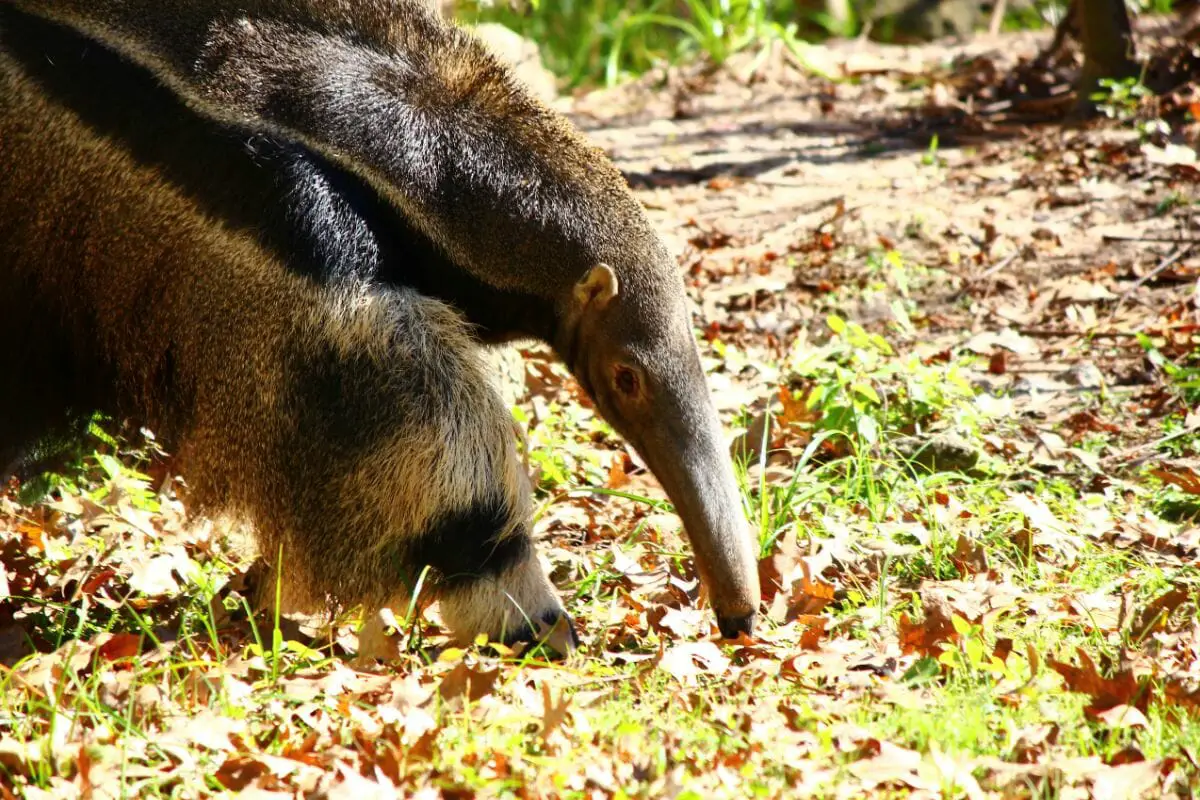
After all, ants are only small creatures, and you may even be surprised to find that certain other types of ants will also eat them.
Aardvarks
These mammals are incredibly similar to anteaters, with short bodies and long claws. Aardvarks will use their long claws to dig into the ground around the anthill, and will place its snout on the hill.
Using its tongue, it will then pull the ants out of the hill so they can devour them whole.
Antbird
There are a variety of different antbirds located in Central and South America. Named for their diet on small insects including ants and termites, they will use their long beaks to catch insects.
They may either wait for insects to climb trees, or even swallow them whole as they swoop to grab them from the ground. However, they have also been known to put their beaks into anthills and pull out the ants to consume.
Anteater
When you think of animals who eat (see also: Animals That Eat Humans) ants, then the anteater is most likely the top choice on your list. These mammals are native to South and Central America, and have a long nose and a long tongue.
They will search for anthills, and when they find one, place their nose inside and pull ants out with its tongue. Within minutes, these mammals can wipe out an entire anthill.
Antlion
Partially named for their diet, the antlions are larger insects that will ants and other smaller insects. To catch their prey, they will build pitfalls for the ant to fall into.
At the bottom of each pitfall is an antlion, who will wait patiently for each ant to fall into their mouths.
Antpittas
These small birds are found throughout both the South and Northern parts of America, and share many similarities with antbirds. They have both long legs and short tails, and have brightly colored feathers that can help them blend into their environment.
Once they are hidden, they will pull ants from their anthills, or snatch them as they’re searching for food.
Assassin Bugs
Named for their ability to kill other insects, the assassin bugs will kill other insects to feed off of. Ants are a personal favorite of theirs, and so the assassin bug will wait for ants to leave their anthill.
To camouflage itself, it will cover itself with the body of dead ants, and then use its mouth to inject into any other ants that cross its path.
Bears
Not every bear will eat ants, but there are two specific species that are known for it. The American black bear will eat a large number of ants, including ant larvae, as part of its omnivorous diet.
Along with ants, the American black bear will also eat ants if they are clinging to other foods that they are about to eat. Another notable bear with ants in its diet is the sloth bear.
Named after the sloth, they are known for being slow compared to other species of bear. Like the sloth, they have large claws, and with these large claws, they will dig through the ground until they find an ant colony.
Once they’ve found a colony, they will eat the ants by scooping them up with their paws.
Blind Snakes
Found around the world, blind snakes will use their scent glands so that they can track ant trails. By following these trails, these coin-sized snakes will locate the colony and devour all of their ant eggs.
Even if there is only one blind snake, it will be able to devour a complete nest of ant eggs.
Brahminy Kites
These birds can be found in both Asia and Australia and will actively hunt for ants. Brahminy kites may either hunt solitarily or in groups, however, when they work in groups, they will only be able to consume one ant at a time.
Unlike antbirds, they don’t have long beaks, so they will use their wings to bring the ants to their mouths. When they eat ants, it will look as though they are grooming their wings.
Caterpillars
When caterpillars are searching for leaves and other vegetation to consume, they may also eat ants attached. They won’t actively hunt for ants, but they will often eat them if the ants are in the wrong place at the wrong time.
Coyotes
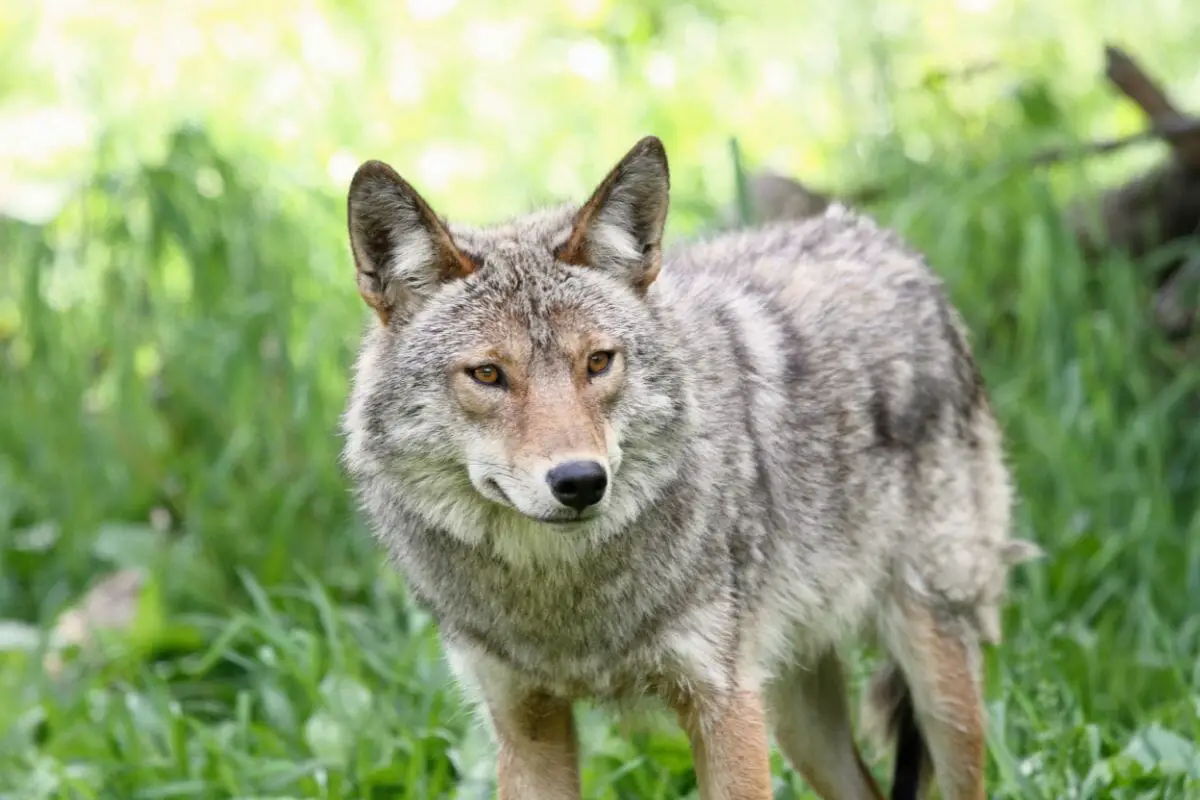
These canines are known for being omnivores, and will eat a variety of meats and vegetables. Although they prefer larger prey if they can’t find their usual source of protein, they will choose to eat ants instead.
However, ants are not their natural prey, so they will only eat them as a last resort.
Flickers
As a part of the woodpecker family, you can find flickers in both North and South America. They will actively hunt for ants, and will often catch them as they return to the anthills.
However, even when the ants return to their anthills, that won’t mean that they are safe, as their beaks are long enough to dig into the hills.
Flies
There are many different types of flies who will eat ants, with adults and infants consuming them. In some cases, the female fly will lay their eggs on living ants that will carry these eggs until the larvae hatches.
Once the larvae hatches, it will eat the ant’s brain, and sometimes, its entire body. Hatching eggs on a fly is less horrifying than the phorid fly’s method.
They will catch ants and lay their eggs inside of the ant, and when they hatch, they will eat the ant’s brain and take over their body. Baby phorid flies will then live in the ant’s body until they outgrow it.
Horned Lizards
These reptiles can be found in both Central and North America, with their name being attributed to their horned scales. Horned lizards have long tongues which they will shoot into a hill, and the ants will then stick to the tongue for the lizard to eat them.
Narrow-Mouthed Toads
You can find these toads in Asia, Africa, and North America. They are named for their thin, tight mouths. Narrow-mouthed toads will use their eyes to track their ants, and then collect the toads with their long tongues.
Pangolins
If you’ve seen a pangolin, you’ll know that they have often been mistaken for anteaters. They are covered in hard, thick scales. Using their hard tails and claws, they will dig into trees and the ground to find termites and ants to consume.
Poison Dart Frogs
These frogs have toxic alkaloids in their system which they get from consuming ants. Previously, it was believed that poison dart frogs produced these themselves.
However, it was eventually revealed that it was because of the large amount of ants in their diet that contributed to the toxins.
Raider Ants
As we mentioned earlier, there are some other species of ants that will also eat other ants. One of the most notable examples of this is raider ants. Raider ants will invade the nests of other ants, and then take any food and larvae.
These raider ants will bring the food they’ve stolen back to their own colony, with this food being used to feed the pregnant ants in their colony.
Ravens
We’ve found that ravens will hunt in a passive way to robins, and so they will use their wings to force the ants out of their hill.
Once they’re out of the hill, the ants will climb onto the wings of the raven and climb on its body, allowing the ants to be leisurely consumed.
Robins
As we mentioned, ravens and robins hunt ants in a passive manner. They will sit on the anthill and rub its wings onto the hill to lure the ants out. Once the ants have left the hill, the robin will consume them.
Sparrows
While sparrows will normally follow a herbivorous diet, they will also feed on ants if they have the opportunity. While they would normally eat foods and grains, they will eat ants if they find them in a large group in the open.
Spiders
There are a variety of different types of spiders such as wolf and jumping spiders who will hunt ants. Wolf spiders will inject its venom into the ant through its fangs.
Much like jumping spiders, they generally attack at night and will inject their own venom into the ant.
Woodpeckers
These birds are active hunters of ants, and they will use their wings to catch ants. They will then scoop the ants with their wings, and drop the ants into their waiting mouth.
Final Thoughts
Ants are a popular food source for many animals, and even humans are known to eat them on certain occasions. However, these are the animals who will regularly consume them.


